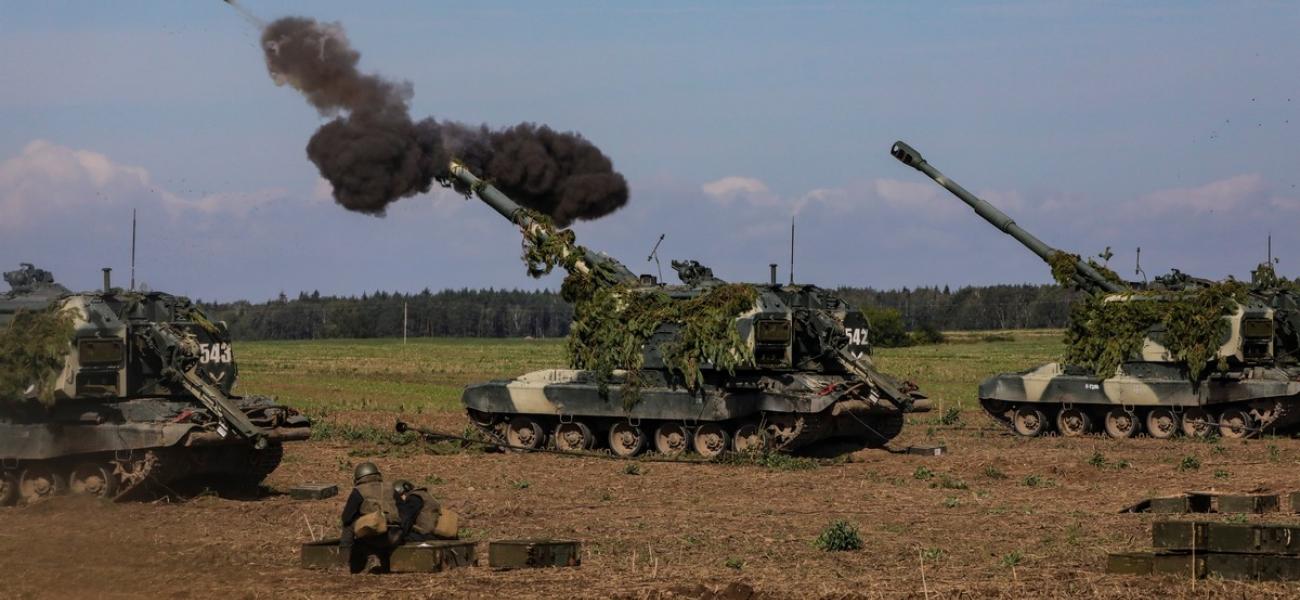
Not Built for Purpose: The Russian Military’s Ill-Fated Force Design
This article was originally published by War on the Rocks.
Russia’s invasion of Ukraine was a deeply flawed military operation, from Moscow’s assumptions about an easy victory, to a lack of preparation, poor planning, and force employment. Less attention has been paid, however, to Russian force structure and manpower issues as a critical element now shaping outcomes in this war. Plans rarely survive first contact with an opponent and militaries invariably must adapt, but strategic force structure choices can prove decisive. Force structure reveals a great deal about a military and its assumptions of what wars it plans to fight and how it plans to fight them.
Some of the most significant problems being experienced by the Russian armed forces are the result of conscious choices and tradeoffs. These decisions help explain many of the observed struggles the Russian armed forces have had in combined arms operations, fighting in urban environments, and attempts to hold terrain. The full extent of Russia’s personnel weaknesses has become clear during this war. As it stands, the Russian military has a shortage of manpower — especially infantry. The Russian military also compromised by establishing a partial mobilization force. Consequently, the Russian army was optimized for a short and sharp war while lacking the capacity to sustain a major conventional conflict at “peace time” manning levels. The Russian armed forces are now pressed to sustain operations in Ukraine and attempting what amounts to a partial mobilization to stem the prospect of significant reversals on the battlefield.
Read the full article at War on the Rocks.
Michael Kofman
Michael Kofman is director of the Russia Studies Program at CNA and a fellow at the Center for New American Security.
Rob Lee
Rob Lee is a senior fellow in the Foreign Policy Research Institute’s Eurasia Program. He is a Ph.D. student researching Russian defense policy at King’s College London’s War Studies Department and a former Marine infantry officer.
The opinions expressed herein are solely those of the authors. Photo by Kremlin.ru shared under a Creative Commons license.

